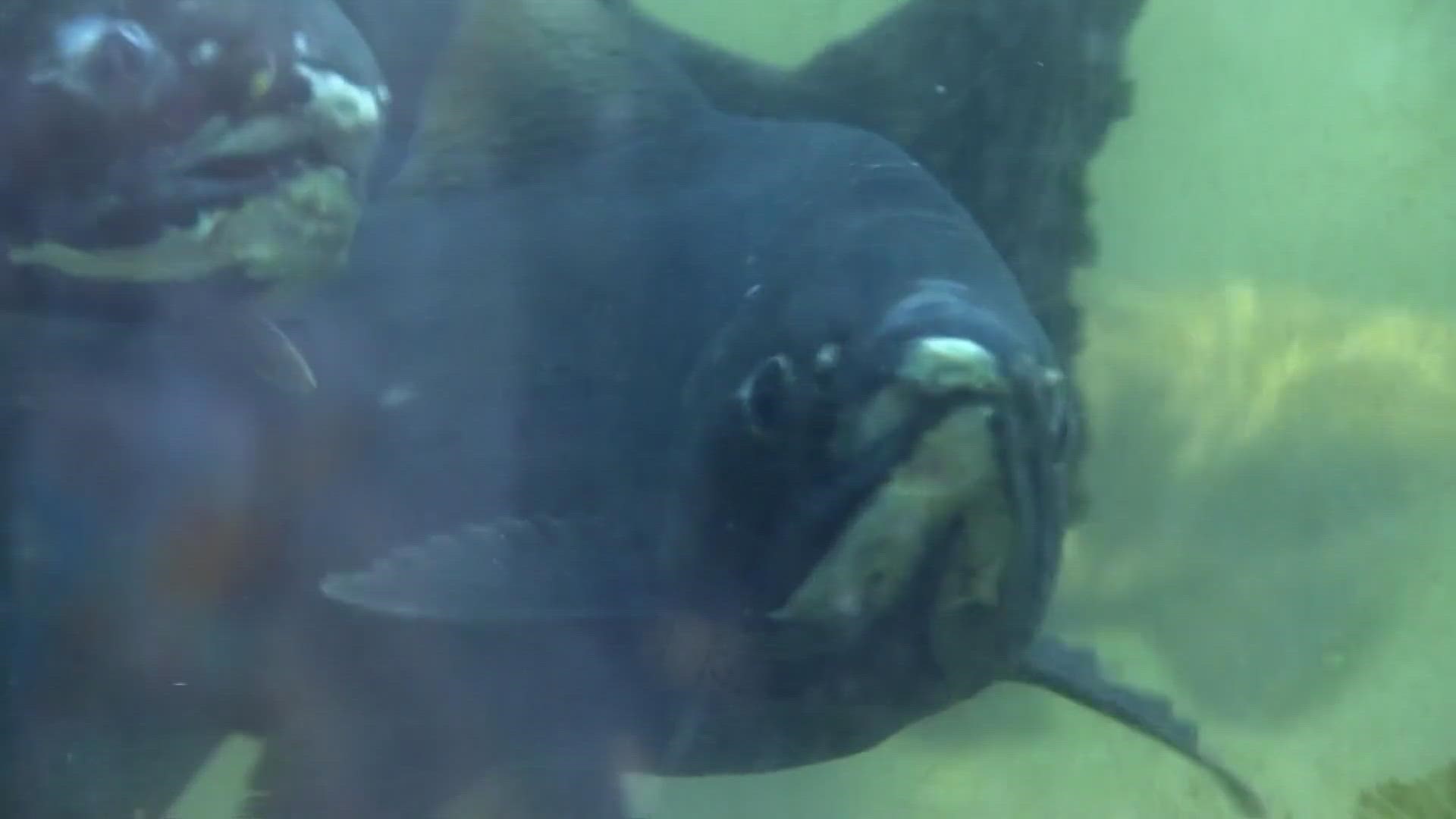OLYMPIA, Wash — Washington's salmon population continues to struggle against climate change along with other challenges, according to a new report from the governor's Salmon Recovery Office.
"Salmon are still struggling across the state," policy specialist Eli Asher said. "We have some bright spots, but we also have populations that are really on the cusp of extinction and I think that should be a wakeup call for us that we really need to redouble efforts."
There are 14 population groups of salmon and steelhead listed at risk of extinction under the Endangered Species Act, and 10 of those groups are "in crisis or falling further from recovery goals," per the State of Salmon in Watersheds report released Feb. 21.
“Salmon need our help, now,” said Gov. Jay Inslee in a statement. “Salmon are essential to our identity, ecosystems and economy. We can’t wait to save them–we have to invest in their recovery right away by restoring habitats and doing everything possible to repel threats to their survival.”
Climate change is exacerbating a significant number of challenges facing salmon, including habitat loss, stormwater pollution, stream temperature, predation and barriers to migration.
“Salmon face hazards at every phase of their lives,” said Erik Neatherlin, director of the governor’s Salmon Recovery Office. “Wetter winters and more flooding brought on by climate change, combined with limited habitat for young salmon to eat and grow, are flushing young fish out of their gravel nests before they are big enough to survive. As they travel to the ocean, they face polluted waters, barriers to migration, food web issues and increased predators from birds to fish. In the ocean, global and regional shifts in ocean temperature and acidity is interfering with their ability to find food and avoid predators. On their way home from the ocean, they are met with even more barriers to survival including hotter streams, risk of disease, blocked rivers and sea lions and seals trying to eat them."
1991 was the first time a population of salmon in the Pacific Northwest was declared to be endangered.
The report does bring some positives related to the salmon population, including that since 2005, almost 4,000 barriers to fish passage have been corrected and over 4,730 miles of stream have been made salmon-accessible.
"We want to make sure we're not losing populations to extinction, it is absolutely imperative that we don't see populations pulling out," Asher said. "But also to uphold our treaty responsibilities to our tribes and keep a healthy economy based on salmon."

